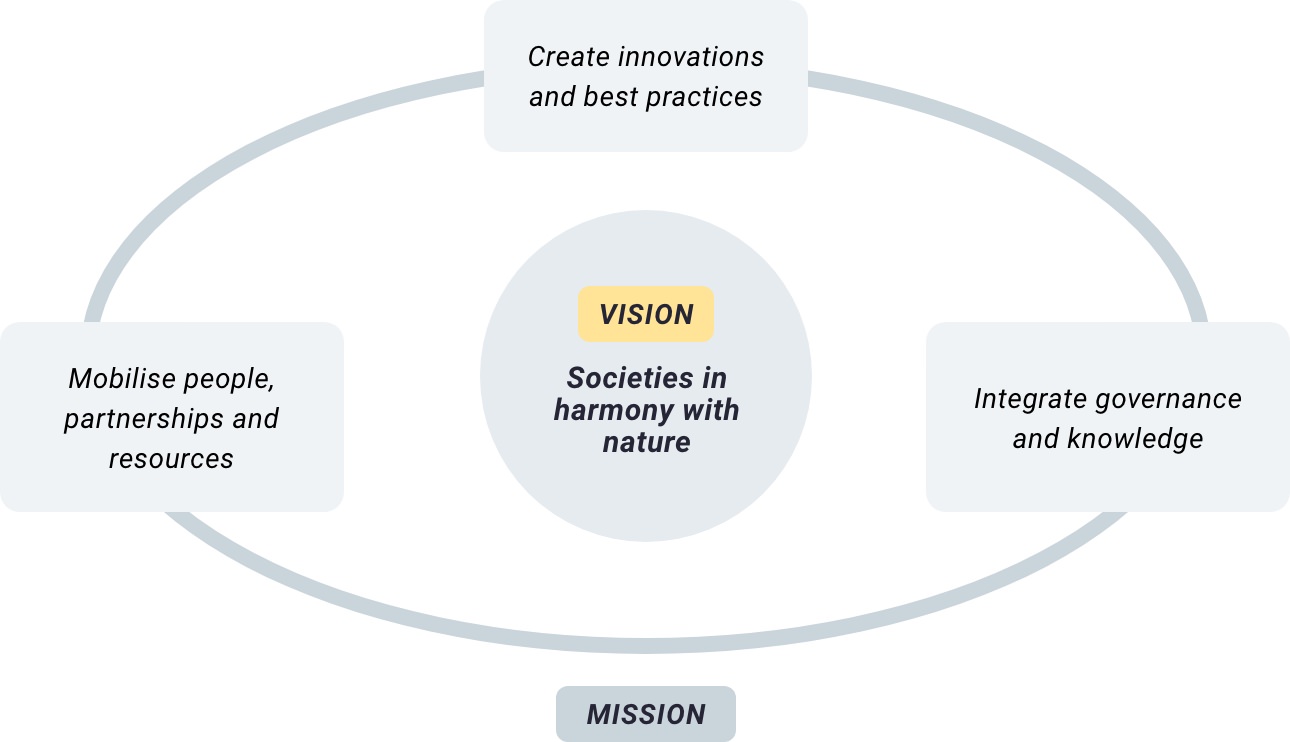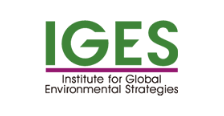About the SDM
The Satoyama Development Mechanism (SDM) is one of the collaborative activities of the International Partnership for the Satoyama Initiative (IPSI). It serves as a financing mechanism to facilitate the implementation of activities under IPSI.
The SDM was established jointly by the Institute for Global Environmental Strategies (IGES), the United Nations University Institute for the Advanced Study of Sustainability (UNU-IAS) and the Ministry of the Environment of Japan (MOEJ).

Vision and mission
“Satoyama” is a Japanese term representing “socio-ecological production landscapes and seascapes” or SEPLS, which are dynamic mosaics of habitats and land/sea uses providing the goods and services needed for human life while being managed to maintain biodiversity. The Satoyama Initiative, advocated by the Government of Japan and United Nations University Institute for the Advanced Study of Sustainability (UNU-IAS), and endorsed at the 10th meeting of the Conference of the Parties to the Convention on Biological Diversity (CBD COP10) in 2010 in Aichi, Japan, is a global effort to realise "societies in harmony with nature" through landscape approaches to biodiversity conservation and human well-being, particularly in SEPLS. The International Partnership for the Satoyama Initiative (IPSI) facilitates a broad range of activities to implement the concepts of the Satoyama Initiative by diverse stakeholders. The Satoyama Development Mechanism (SDM) is a financing mechanism to promote actions under IPSI towards the vision of the Satoyama Initiative: societies in harmony with nature.
Through seed funding, the SDM encourages IPSI members to: i) create innovations and best practices; ii) integrate governance and knowledge particularly indigenous and local knowledge; and/or iii) mobilise people, partnerships and resources.


Figure 1. Vision and mission of the SDM
Scope
The SDM provides funding for convincing projects that enhance actions towards the IPSI Strategic Objectives, and thereby the Kunming-Montreal Global Biodiversity Framework (KMGBF). The IPSI Strategy and Plan of Action for 2023-2030 contains the following five strategic objectives: i) knowledge co-production, management and uptake; ii) institutional frameworks and capacity development; iii) area-based conservation measures; iv) ecosystem restoration; and v) sustainable value chain development. Relating to these objectives, the SDM focuses specifically on supporting the development of other effective area-based conservation measures (OECMs); landscape or seascape restoration; conservation and collaboration with indigenous peoples and local communities; resilience enhancement; and sustainable food or material production.
Further, the SDM facilitates collective contributions of the funded projects to IPSI and the global goals (e.g. KMGBF, Sustainable Development Goals) by sharing experience among projects and generating meta-knowledge on SEPLS.


Figure 2. Scope of the SDM
There are four types of projects in the SDM as seen below. The recipients select one of them in line with their project objectives:
- On-site actions: e.g. community-based conservation; sustainable practices; alternative livelihoods; technology application; and tree planting
- Partnership building: e.g., institutionalisation; scaling-up or out; multi-stakeholder platforms; community of practitioners; and experience sharing
- Research: e.g. Satoyama Initiative Thematic Review (SITR); baseline or evidence base for project appraisal; peer-reviewed papers; and books
- Education: e.g. textbooks; picturebooks; e-learning; field schooling; alternative education programmes; and youth-elderly knowledge exchange
Governance
The SDM organisation is composed of three entities, the Executive Board, the Advisory Group, and the SDM Secretariat.
Executive Board
The Executive Board is responsible for making decisions on, and supervising the implementation of, the SDM. This includes the selection of projects, review and evaluation of achievements, and dissemination of information on the SDM.
It is represented by the following organisations:
-

Ministry of the Environment of Japan (MOEJ)visit website
-

The United Nations University Institute for the Advanced Study of Sustainability (UNU-IAS)visit website
-

The Institute for Global Environmental Strategies (IGES)visit website
Advisory Group
The Advisory Group provides advice on the design of the SDM. Their advice helps ensure the relevance of SDM projects to the IPSI Strategy and Plan of Action and other global frameworks including the Aichi Biodiversity Targets and the Sustainable Development Goals (SDGs). They also advise on the compilation and dissemination of SDM outcomes.
The following members of the Advisory Group have been appointed by the Executive Board:
- IPSI members with relevant experience and qualification in similar grant management and activities of the CBD, and
- the Chair of the IPSI Steering Committee
SDM Secretariat
The SDM Secretariat is mandated to implement SDM operations including, but not limited to, the tasks listed below. These tasks are subject to the decisions made by the Executive Board and implemented under its supervision.
- Planning and implementing the SDM project selection process
- Contracting and disbursing funds to the selected Grant recipients
- Monitoring and evaluating the SDM projects
- Collecting, organizing and disseminating knowledge generated by the SDM projects
- Reporting on the above activities to the Executive Board
The Secretariat staff are staff of the following organisations:
- Institute for Global Environmental Strategies (IGES)
- United Nations University Institute for the Advanced Study of Sustainability (UNU-IAS)